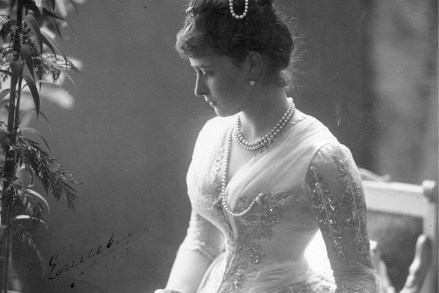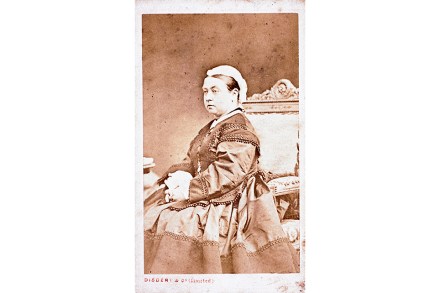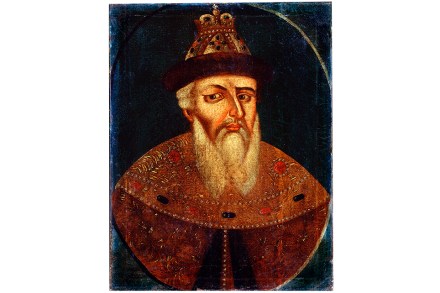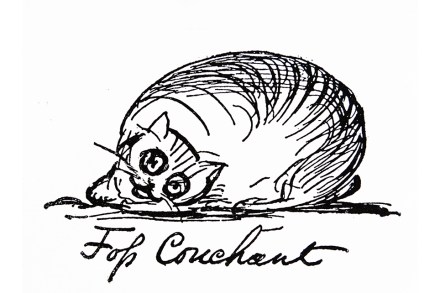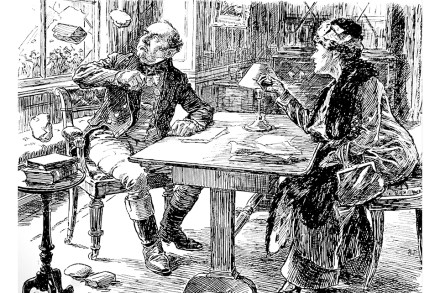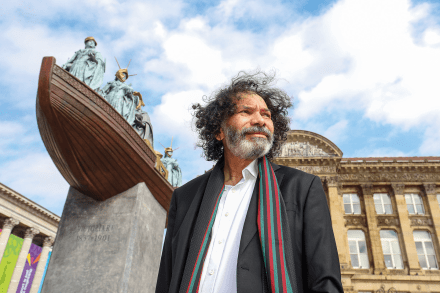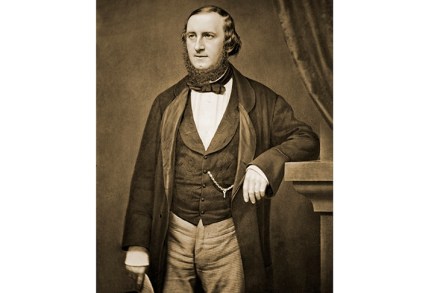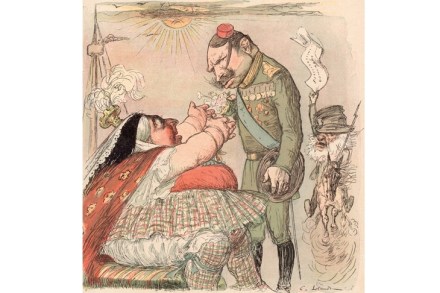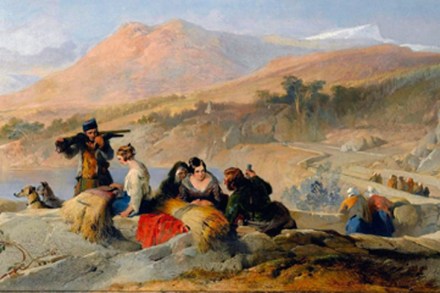The dreadful fate of Queen Victoria’s granddaughters
‘Cela me revolte,’ wrote Queen Victoria in her diary in 1894 when her adored granddaughter Alexandra of Hesse announced her engagement to the Tsarevich Nicholas, ‘to feel that she has been taken possession of and carried away by those Russians.’ The sisters all look alike in the photos: uncomfortable dress, priceless jewellery, grimace, hair in bun The queen was proprietorial about the four surviving daughters of her late daughter Alice, who had died of diphtheria, aged 35, when little Alix was only six. To lose one of those granddaughters to the Russians had been bad enough. Alix’s elder sister, the headstrong Elizabeth, known as Ella, had refused Victoria’s suggestion that
